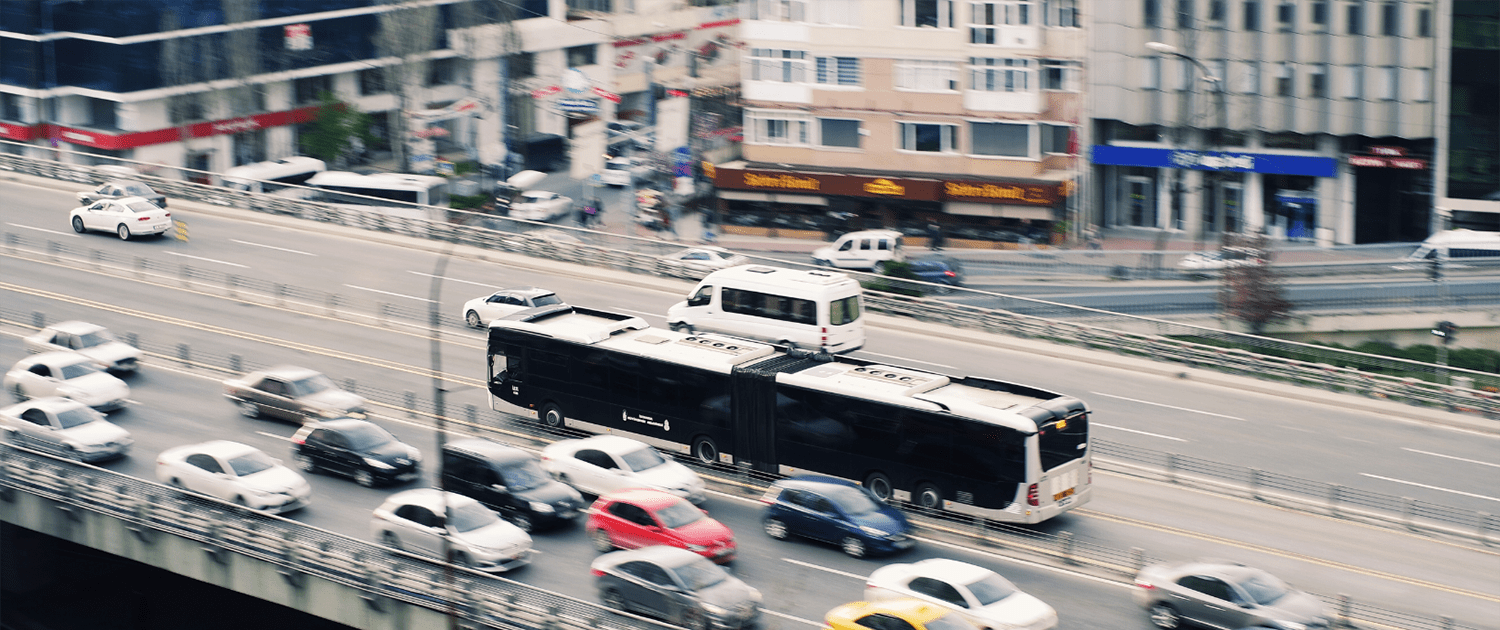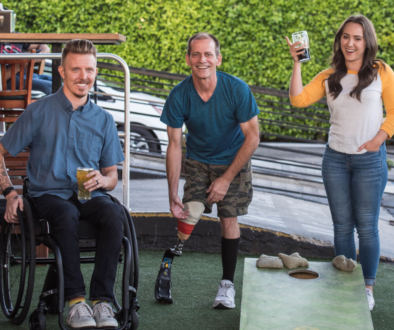
Navigating the Roads Safely – A Guide to Transportation Safety
Traveling is an exciting adventure, especially when heading to a new place. However, the thrill of the journey should never compromise safety. Transportation injuries are an often forgotten but significant concern, and it’s important to be aware of the risks involved in various modes of travel. In this blog post, we will discuss essential safety considerations for transportation, from moped accidents to seatbelt use and personal safety in rideshares.
Moped and Scooter Safety
According to the Insurance Institute for Highway Safety (IIHS), mopeds and scooters accounted for 13% of all two-wheeler crash deaths in 2019. The use of rental scooters and bikes has grown exponentially over the past few years, and so too have accidents. This risk is higher at some international destinations, where travelers may not be familiar with traffic rules, congestion and roadways.
Safety Tips
– Wear a Helmet: Always wear a helmet that meets the safety standards set by the Department of Transportation.
– Follow Traffic Rules: Obey all traffic laws, including speed limits and stop signs. Some cities require scooters to be used in the road, while others are only allowed on sidewalks.
– Visibility: Make sure you’re visible to other drivers by wearing bright clothing and using headlights if available. Don’t ride in and out of traffic, and be sure to learn and use hand signals for turning and maneuvering.
Seatbelt Use
The Centers for Disease Control and Prevention (CDC) reports that seatbelt use reduces the risk of death in a car crash by approximately 45%. Most car accidents take place close to your home or hotel, so it’s important to put on your belt before driving away.
Safety Tips
– Buckle Up: Always wear your seatbelt, even if you’re in the back seat. This includes in shuttles, busses, and vans. If you’ve found yourself in a vehicle without seatbelts, consider hailing another ride.
– Proper Fitting: Make sure the seatbelt fits snugly across your lap and shoulder.
– Child Safety: Children should always be in an age-appropriate car seat. Check ahead with rental car companies and tour groups to ensure they have current car seats and proper restraints.
Personal Safety in Rideshares
News headlines tell us about rideshare drivers taking advantage of or harming their passengers on a daily basis. Be extra vigilant, especially when traveling alone, and take advantage of all the rideshare safety precautions like using a pin code and being picked up only in designated public areas.
Safety Tips
– Verify Your Ride: Ask “Who are you here for?” before getting in the vehicle, and wait until they provide your name and/or pin number. Don’t give your name first – you could be getting in the wrong vehicle or a dangerous situation.
-Check Driver Details: Always verify the driver’s identity and car details before getting in. If the license plate or car type doesn’t match the app, it’s okay to wait for another ride.
– Share Trip Details: Use the app’s feature to share your trip details with a trusted friend or family member.
– Sit in the Back: It’s safer to sit in the back seat, away from the driver.
Protecting Personal Information
According to a survey by NortonLifeLock, 1 in 4 people have experienced identity theft when traveling. Harmless conversation can turn into someone easily hacking your personal information, and careless placement of valuables can leave you stranded in unfamiliar places.
Safety Tips
– Don’t Give Personal Details: You can be friendly without giving too much information to a stranger. Instead of telling them a specific company and city where you work, mention your industry or the type of role you’re in.
– Secure Your Devices: Use strong passwords and enable two-factor authentication. If you’ve given key details away in conversation, that makes it easier for someone to access your device after they steal it.
– Be Cautious with Belongings: Watch out for your bag when on public transport or outdoors at restaurants and popular tourist spots. Pickpockets are quick and you won’t feel them! Keep your bag in the front of your body, and avoid having your wallet and phone in easy-to reach exterior pockets.
– Monitor Your Accounts: Keep an eye on your bank and credit card statements for any unauthorized transactions. Don’t carry all your cards with you – leave one in a safe or with a non-traveler in case of emergency. It’s best to use credit cards rather than debit cards, which can be drained of funds quickly if in the wrong hands. Know your bank and credit card’s emergency contact information, and carry a small amount of emergency cash in local currency that is hidden in your luggage or elsewhere.
Safety should always be a priority when traveling. By taking these precautions, you can significantly reduce the risks associated with transportation and focus on enjoying your journey. Remember, it’s always better to be safe than sorry.
If you’re looking for event health and wellness contingency planning, tabletop scenarios or other services, contact us to learn how Any1Health’s team of experts can help!
References
- Insurance Institute for Highway Safety (IIHS), [Two-wheelers Statistics](https://www.iihs.org/)
- Centers for Disease Control and Prevention (CDC), [Seatbelt Safety](https://www.cdc.gov/)
- CNN, [Rideshare Safety Report](https://www.cnn.com/)
- NortonLifeLock, [Identity Theft and Travel](https://www.nortonlifelock.com/)



